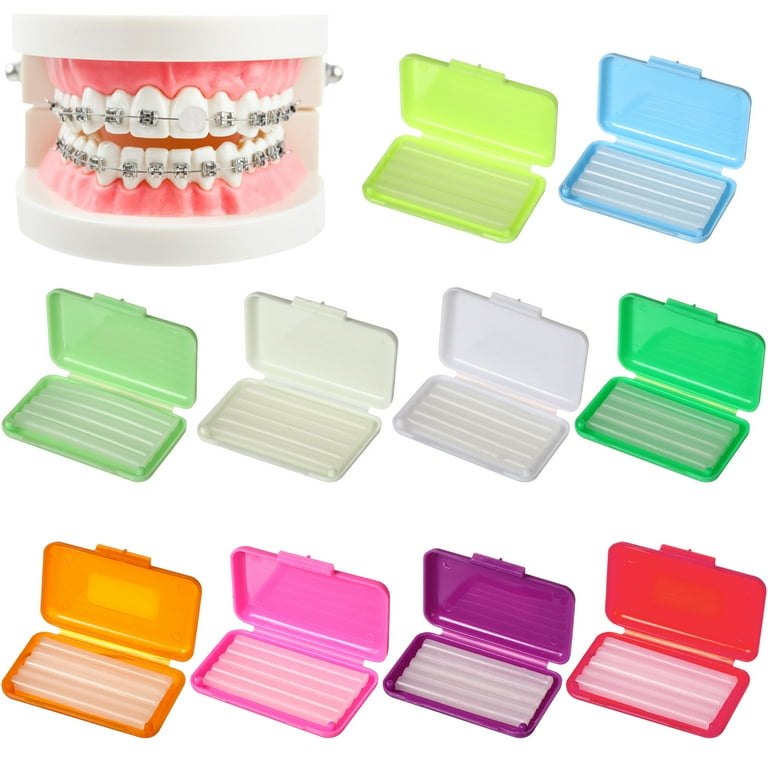Locating the Right Cumming Orthodontist for Your Braces and Aligners Needs
Locating the Right Cumming Orthodontist for Your Braces and Aligners Needs
Blog Article
Comprehensive Guide to Orthodontics Procedures for Remedying Dental Misalignments
Recognizing the complexities of each procedure, including their mechanisms, benefits, and potential drawbacks, is essential in making educated choices regarding one's orthodontic treatment. As we navigate through the comprehensive guide to orthodontic procedures for correcting dental misalignments, the intricate details of each method will certainly unravel, dropping light on the path towards a functional and harmonious oral placement.
Orthodontic Procedures Summary

In enhancement to typical dental braces and clear aligners, orthodontists may also recommend various other interventions like headgear, palatal expanders, or retainers to resolve particular alignment concerns (cumming orthodontist). These treatments are customized per person's distinct requirements and may include a combination of treatments to accomplish the wanted outcomes. Regular modifications and tracking are essential parts of orthodontic therapy to make certain development is on track and to make any essential modifications along the road. By going through orthodontic treatments, people can not only achieve a straighter grin but additionally enhance their total oral wellness and feature.
Standard Dental Braces: Exactly How They Work
When considering orthodontic therapies for oral misalignments, standard dental braces stand out as a reliable method for fixing teeth positioning. Traditional dental braces consist of brackets, cables, and bands that work together to apply constant pressure on the teeth, slowly moving them into the desired alignment.
As pressure is applied to the teeth via the braces, the bone surrounding the teeth is reshaped to support the brand-new tooth placements. Individuals will require regular changes at the orthodontist's office to make sure the braces continue to apply the right pressure for efficient teeth movement.
Invisible Aligners: Disadvantages and pros
Undetectable aligners use a practical and very discreet alternative to standard dental braces for remedying dental imbalances. These clear, custom-made trays are virtually invisible when worn, making them an appealing choice for individuals looking for a more aesthetically pleasing orthodontic therapy. One of the primary benefits of unnoticeable aligners is their removability, permitting easier upkeep of dental health contrasted to traditional dental braces. People can eliminate the aligners before eating or brushing their teeth, reducing the danger of food getting stuck in the home appliance and simplifying the cleaning process.

Surgical Orthodontic Options
Surgical interventions in orthodontics present practical alternatives for attending to intricate dental misalignments that might not be properly resolved through traditional orthodontic therapies. While unseen aligners and traditional dental braces can remedy lots of orthodontic problems, specific cases require surgical intervention to achieve optimal results. Surgical orthodontic choices are normally recommended for extreme malocclusions, substantial jaw discrepancies, and situations where the underlying bone structure needs alteration to attain correct positioning.
One usual surgical orthodontic procedure is orthognathic surgery, which involves rearranging the jaws to deal with practical problems such as problem talking or chewing. This surgery is typically performed in cooperation with an orthodontist who aids line up the teeth before and after the treatment. Surgical orthodontics may also involve procedures to subject affected teeth, get rid of excess gum cells, or reshape the jawbone to create a more unified facial profile.
Prior to considering medical orthodontic choices, patients go through an extensive analysis to identify the need and prospective advantages of such interventions. cumming orthodontics. While surgical treatment might appear complicated, it can considerably enhance both the function and aesthetic appeals of the smile in instances where traditional orthodontic therapies fail
Retainers and Post-Treatment Treatment

Post-treatment care involves adhering to the orthodontist's guidelines faithfully. This may consist of proper dental hygiene practices, participating in follow-up visits, and putting on the retainers as prescribed. Failing to abide by post-treatment treatment guidelines can result in relapse, where the teeth slowly return in the direction of their initial placements. Consistent retainer wear, good dental hygiene, and routine oral examinations are important for maintaining the results achieved with orthodontic surgery and making certain the cavity filling lasting security of the corrected dental alignment.
Conclusion
In conclusion, orthodontic treatments use different alternatives for fixing dental misalignments. Typical braces make use of steel braces and cords to move teeth into appropriate placement. Unseen aligners supply a more discreet option yet might not be ideal for all cases. Surgical orthodontic options are readily available for much more serious misalignments. Retainers are generally used post-treatment to maintain the new alignment. Overall, orthodontic treatments can properly improve dental wellness and visual appearance.
As we navigate with the extensive guide to orthodontic procedures for dealing with dental misalignments, the elaborate information of each technique will unravel, losing light on the path toward a useful and harmonious oral positioning. - cumming orthodontist
One of the most typical orthodontic treatments is the use of braces, which consist of metal braces and wires that apply gentle stress to gradually change teeth right into the desired setting.When taking into consideration orthodontic treatments for oral misalignments, conventional dental braces stand out as a tried and true technique for correcting teeth placing. Furthermore, undetectable aligners may not be suitable for complex orthodontic problems that call for more considerable teeth movement, as they are commonly advised for mild to moderate instances. Retainers are custom-made orthodontic devices designed to hold teeth in their dealt with placements after the completion of orthodontic therapy.
Report this page